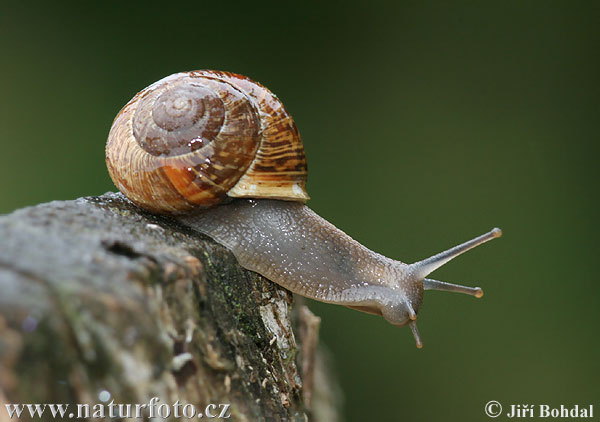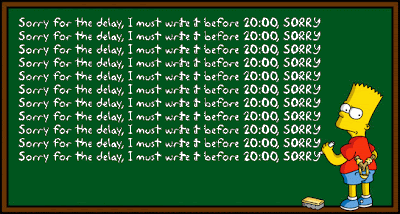

Source: http://www.infocarne.com/noticias/2010/6/2746_mexico_conformara_un_frente_comun_defensa_ganaderi.asp
Today, Kelly has been with us. Then, Kelly has given us the instructions about the project. And Paqui has explained how to do the project at home. The project is about agriculture and stockbreeding and we have to hand in the project on Wednesday, the 12th of Jannuary. Then, Paqui has written the definition of organic agriculture on the blackboard. Afterwards, Kelly has read the introduction about the stockbreeding. Then, Enrique and I have read the types of stockbreeding. And while we have read Paqui has written a scheme about the types of stockbreeding on the blackboard. Then, some people doesn't understand the differences between traditional and commercial stockbreeding, intensive and extensive stockbreeding and stabled and semistabled systems. Afterwards, we have done the exercise 1 on page 35 orally. Finally, I have asked a question for Paqui about the project.
My project is going to be a little of stockbreeding and a little of agriculture. The steps that I follow are :
-First, I will prepare a previous scheme of my project.
-Second, I will prepare the questions that I will ask to my grandfather in Spanish.
- Third, I will change the interview in english and finally I will do the project with my questions and the steps that Paqui has given in the class.
Today is the last day of the term and the last day of the year. This class was very interesting.














































